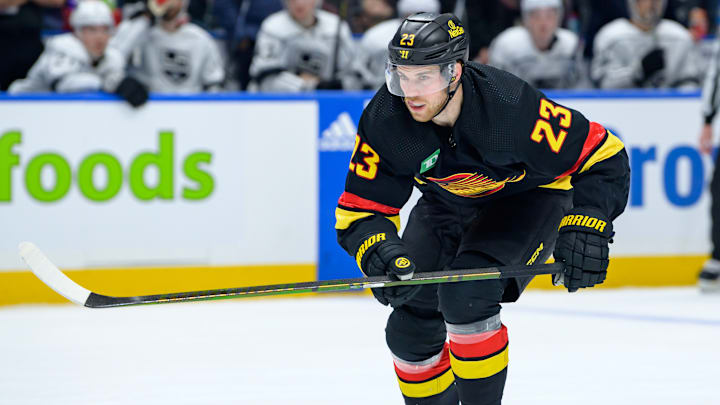Lindholm would still hold a lot of value if traded to a contender
Just because Lindholm is a bad fit with the Canucks, it doesn’t mean that will be the case everywhere. He was clearly still productive during his time with the Flames this season, and other organizations will see that.
While Vancouver may not get a first-round pick back for him, there is still a good chance they get at least a second-rounder and perhaps other assets that they could put onto their lower lines. The Boston Bruins is one team that has come up, as Chris Johnston of The Athletic reported on their trade deadline board.
Boston isn’t the only organization that would be vying for Lindholm come the deadline, and if demand is high enough, maybe the Canucks will get higher compensation than we may think for the 29-year-old. It would be a stretch, but the Toronto Maple Leafs could be a surprise contender for Lindholm following what has been a rather bland trade deadline season for an organization that has had Stanley Cup aspirations for a while.
Overall, given Lindholm’s pedestrian play and regardless of what could happen tonight when the Canucks face the Vegas Golden Knights, look for interested teams to come calling as the trade deadline nears.
